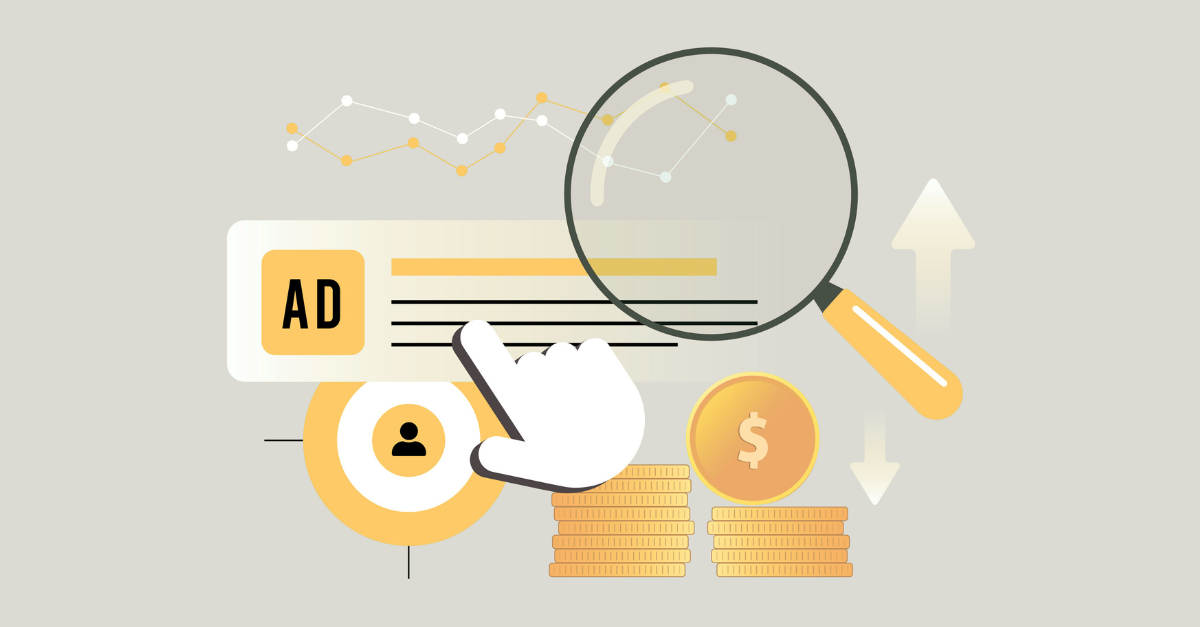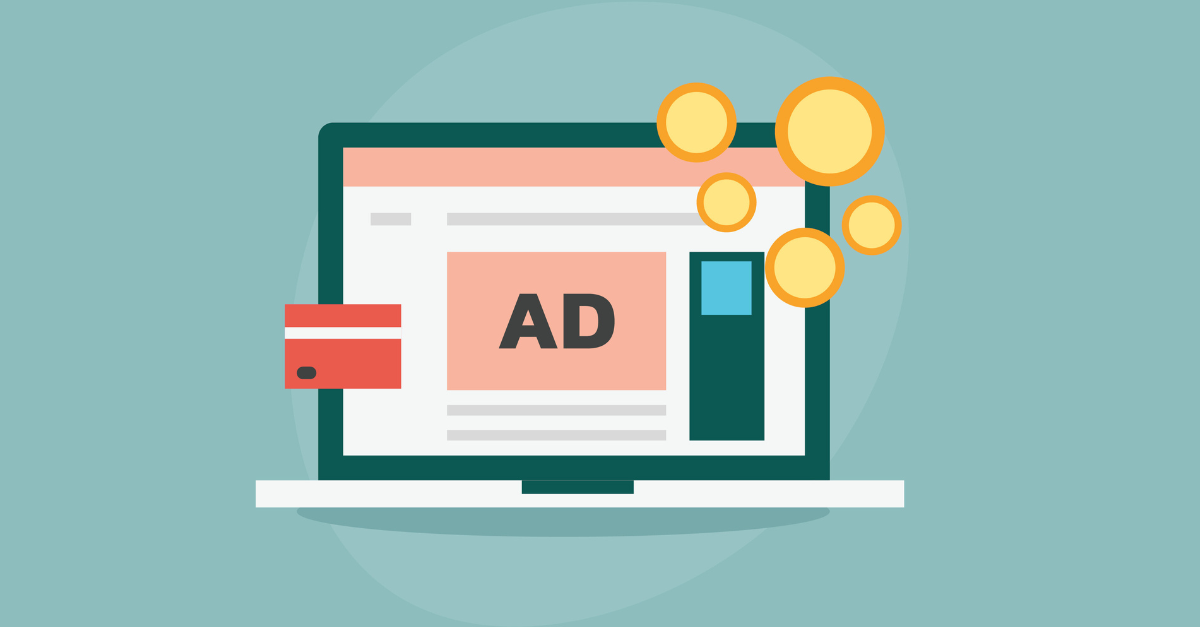In an age dominated by online influencers, social media engagement and content marketing, the lines between marketing, journalism and public relations have become increasingly blurred. Businesses are not only publishing and distributing their own content to bypass the media gatekeepers of old. The most successful marketers are becoming legitimate news and information resources in their own right.
But with so much information out there, it’s not enough to create and publish useful, engaging and timely content. You have to make sure it’s as visible and accessible as possible to your target audience. This increasingly means using a variety of paid, owned and earned media channels to get your message out there.
But what exactly are paid, owned and earned media? And how do you ensure all these channels work together for maximum impact?
What is Paid Media?
Paid media refers to any form of advertising or promotional content that a company pays for to reach its target audience. It involves buying ad space or time on various platforms including traditional media platforms like television, radio and print media, and digital platforms including social media, search engines or sponsored content on online publications and social media channels. This strategy also now includes partnering with social media influencers.
The Key Role of Paid Media
The key role of paid media in marketing is to amplify a brand’s reach and visibility with maximum control over when and where your messaging appears. Some of the main benefits of paid media include:
- Reaching a Targeted Audience: Paid media allows brands to specifically target and reach their desired audience based on demographics, interests, behaviors or search intent. By leveraging targeting options provided by various advertising platforms, marketers can ensure their message reaches the right people at the right time.
- Increasing Brand Awareness: Paid media helps brands increase their visibility and raise awareness among a larger audience. By placing ads in high-traffic locations or popular media channels, brands can expose their message to a broader range of potential customers.
- Driving Traffic and Conversions: Paid media campaigns can be designed to drive traffic to a brand’s website or specific landing pages, encouraging users to take desired actions such as making a purchase, signing up for a newsletter or filling out a form. By strategically placing ads in relevant contexts, marketers can effectively guide users through the sales funnel.
Pros and Cons of Paid Media
While paid media is incredibly flexible, enabling brands to launch highly targeted and timely campaigns that can easily be tracked and deliver immediate results, this strategy does not come without problems. Creating effective campaigns requires a high degree of skill. As such, un-optimized campaigns can prove incredibly expensive.
Return on Investment (ROI) from Paid Media
The ROI from paid media might not be immediately apparent. This is particularly true when paid media is used in conjunction with retention marketing strategies like email marketing or SMS marketing, where returns might be seen long after that initial paid engagement. Therefore, it makes sense to plan and deploy your paid media campaigns alongside any other complementary marketing channels or work with an agency partner that oversees your entire marketing strategy.
What is Owned Media?
Owned media refers to the channels and assets that a company or brand owns and controls. These are typically the brand’s own digital properties, such as websites, blogs, mobile apps, social media accounts, email newsletters, and other branded content. Owned media allows companies to directly engage with their audience without relying on third-party platforms. Brands have complete control over the content, messaging and user experience on owned media channels.
The Key Roles of Owned Media
The key roles of owned media include:
- Brand Building: Owned media provides a platform for companies to showcase their brand identity, values, and unique selling propositions. It allows businesses to communicate their story, mission and vision directly to their target audience, helping to establish and strengthen their brand image.
- Content Distribution: Owned media serves as a distribution channel for content created by the company. Brands can share valuable and engaging content such as articles, videos, infographics, and podcasts with their audience through their owned channels. This helps attract and retain customers by offering them relevant and informative content.
- Customer Engagement: Owned media enables direct interaction and engagement with customers. Through platforms like social media and websites, companies can respond to customer inquiries, address concerns, and provide personalized experiences. This two-way communication fosters a sense of community, builds trust and strengthens customer relationships.
- Lead Generation: Owned media channels are effective for generating leads and acquiring new customers. By offering valuable content, companies can capture visitor information and convert them into leads through methods like newsletter sign-ups, gated content or contact forms. This enables ongoing communication and nurturing of potential customers.
Pros and Cons of Owned Media
While marketers are in total control of their owned media output, there are significant challenges in maintaining momentum to ensure that earned media works to its maximum potential. Creating engaging, relevant and timely content can be difficult, particularly when marketing resources are limited. While many marketers often view owned media as “free”, it does require a significant investment in time and effort to create and deploy. It’s also worth remembering that the algorithms of major search engines and social media networks often dictate the success of owned media. Therefore, maintaining a solid understanding of search engine optimization (SEO) and social media marketing best practices is essential to ensure the success of owned media.
Return on Investment (ROI) from Owned Media
The time and effort marketers need to invest in creating and deploying owned media means that the costs of this “free” marketing channel quickly add up. Understanding these costs is essential if you want to understand the ROI of owned media.
What is Earned Media?
Earned media refers to the organic exposure that a brand receives through word-of-mouth, publicity, and media mentions without direct payment. It is essentially the result of public relations activities, positive customer experiences, social media sharing and media coverage. Earned media can include online reviews, social media mentions, customer testimonials, press mentions, blog features and viral content. Unlike paid and owned media, brands don’t have direct control over earned media, but they can influence it through their actions, customer service and brand reputation.
The Key Roles of Earned Media
Earned media plays a crucial role in shaping public perception and generating credibility for a business, organization or individual. Here are some key functions of earned media:
- Brand Awareness and Visibility: Earned media helps increase brand awareness and visibility among the target audience. When a brand is mentioned or featured in trusted media outlets, it reaches a wider audience beyond its existing customer base. This exposure can lead to increased recognition and familiarity with the brand, driving potential customers to consider its products or services.
- Third-Party Validation: One of the most valuable aspects of earned media is the third-party validation it provides. When a trusted media source covers a brand or provides a positive review, it adds credibility and builds trust with the audience. This validation from independent sources carries more weight than self-promotion, as it demonstrates that others perceive the brand positively.
- Influencing Public Opinion: Earned media can influence public opinion and shape the narrative around a brand or issue. Positive coverage can generate favorable opinions, while negative coverage can have adverse effects. By strategically managing media relations and securing positive earned media, organizations can shape public perceptions and enhance their reputation.
Pros and Cons of Earned Media
While earned media is an essential publicity channel, it can take a lot of work to manage. Gatekeepers of traditional media channels will have their own preferred sources, often built on relationships that have been formed over many years. Unfortunately, human nature also dictates that a customer is far more likely to report a negative experience than a positive one. Therefore, social media commentary and customer reviews can be time-consuming and challenging to manage.
Return on Investment (ROI) from Earned Media
Tracking ROI from earned media can be incredibly challenging. A big “PR splash” in a traditional media outlet might prove less influential than a well-placed tweet or customer review. It can be challenging to understand when sales should be attributed to owned, earned or paid media. While Public Relations teams historically tracked PR value based on a publication’s advertising rate card equivalence, in the age of social influence, it may be better to track trends relating to reach and sentiment.
The Power of Integrating Your Paid, Owned and Earned Media
Clearly, the worlds of paid, owned and earned media should not only regularly collide but also peacefully coexist.
If you are operating your various marketing channels in silos, you risk either under or overestimating the value of a particular channel. This means you will never be able to optimize your entire marketing strategy based on how each channel contributes to the wider marketing mix.
To reach your objective and maximize your ROI, paid, owned and earned media campaigns must be planned and executed together. We refer to this strategy as “the trifecta” — essentially not betting all your money on one horse but instead creating a system where all your marketing channels assist each other over the finish line.
To learn more about how the marketing experts at emfluence can help you integrate and optimize your paid, owned and earned media channels holistically, contact us today at expert@emfluence.com.



